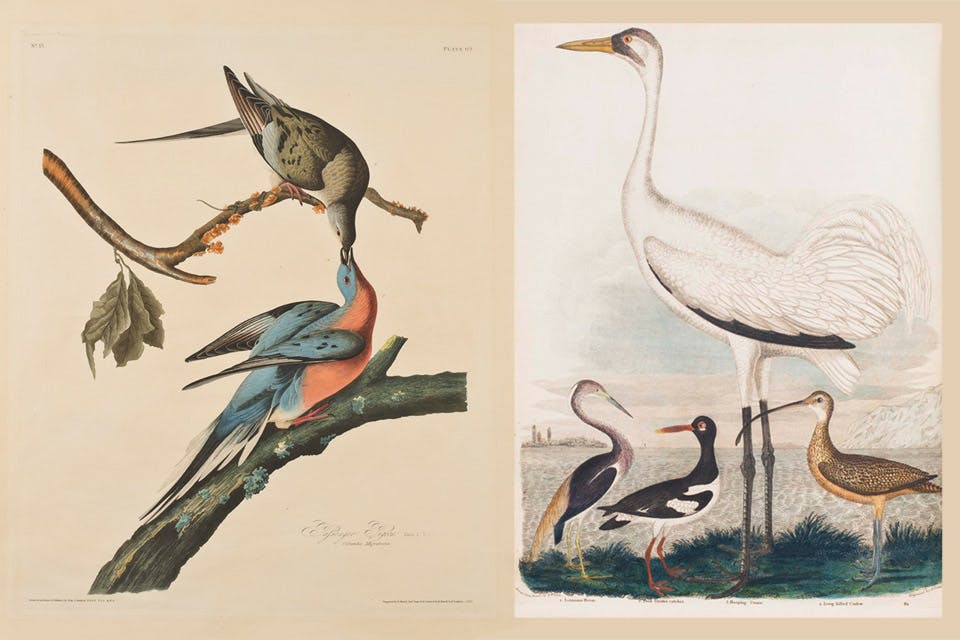Ohio Life
Eyes on the Sky
Bird-watching expert Kenn Kaufman gears up for another migratory bird season in Northwest Ohio.
Related Articles

Accidental Art by Andrea Kay, Cincinnati
This southwest Ohio artist crafts collages to honor her favorite wonder of nature. READ MORE >>

Toledo: Birds, Boats & Blooms
From exploring the Great Lakes to spotting birds at Woodlawn Cemetery & Arboretum, Toledo offers a variety of ways to connect with nature. READ MORE >>

Art Takes Flight
Before John James Audubon, there was Alexander Wilson. The Toledo Museum of Art showcases its complete set of his nine-volume masterpiece in a new exhibition. READ MORE >>

